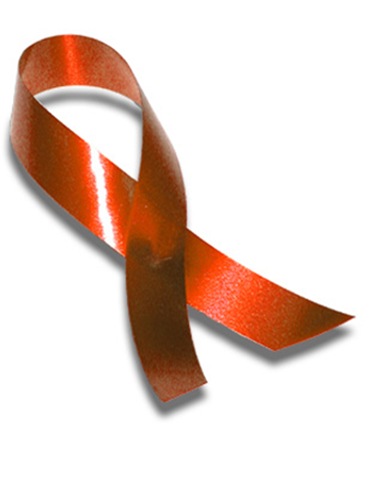 Two years ago, an alliance of Thai and US scientists revealed that a huge trial of an Aids vaccine had for the first time protected some people from HIV – but they didn’t know why or how it had worked.
Two years ago, an alliance of Thai and US scientists revealed that a huge trial of an Aids vaccine had for the first time protected some people from HIV – but they didn’t know why or how it had worked.
At the International Aids Vaccine conference in Bangkok this week, the same scientists announced that they now had two clues about how the Thailand trial may have worked. The “clues” are two antibodies found in the blood of those involved in the trial.
The one antibody was high in those who didn’t get HIV and it attached itself to the same parts of the virus every time, suggesting that it could recognise the virus.
The other antibody had the opposite effect, being high in those infected and low in those not infected.
Antibodies are special cells in the body that recognise viruses that invade the body. These antibodies mobilise other cells in the body (CD8 cells) to kill these invaders.
From outside this tight scientific community, these findings seem small. But to those who have been trying to find a vaccine for the past 25 years, they are the cause of great excitement and optimism.
Dr Bart Haynes, scientific head of the Thai trial known as RV144, described the findings as “intriguing clues” that provide direction for future research.
Finding these clues was an intense process involving 35 scientists based at 20 different institutes, who sifted through about 4 000 blood samples.
Although the RV144 vaccine protected only 31 percent of the people involved in the trial after three years, its protective effect after one year was an impressive 60 percent. Scientists are now trying to understand how to maintain the protective effect.
The RV144 trial combined two vaccines. The first aimed to prime people’s immune systems to recognise HIV, and the other, injected within six months of the first, aimed to boost their immune systems to fight infection.
By October, scientists will recruit a group of volunteers involved in the RV144 trial and give them another booster shot of the vaccine to see whether their immunity against HIV can be pushed up again.
In addition, they have grown a lot of the protective antibodies – called IgG – and plan to insert them into monkeys to see whether these can protect the monkeys from the monkey version of HIV.